Movement Servicing
Before servicing gets underway, the watch’s exterior is first given a thorough visual examination with regard to any possible damage. The buckle and strap are separately controlled for any wear and disassembled. The watch is then opened in stepwise fashion and undergoes a close inspection of every part, with special attention to any problems reported. After these preliminary stages, each watch is completely dismantled. Every single part then undergoes another separate inspection to determine whether any requires replacement or special treatment. The glass is dismantled, and all case gaskets are removed, the watch technician inspects and physically cleans each of the jewels in the movement of any accumulated grit or oil one by one.
During the process of cleaning and dismantling the timepiece in preparation for oiling, there will be a thorough inspection of all the parts for evidence of wear and tear or any damage. If required, the part will be replaced accordingly. Sealants and gaskets will be renewed, followed by water resistance tests.
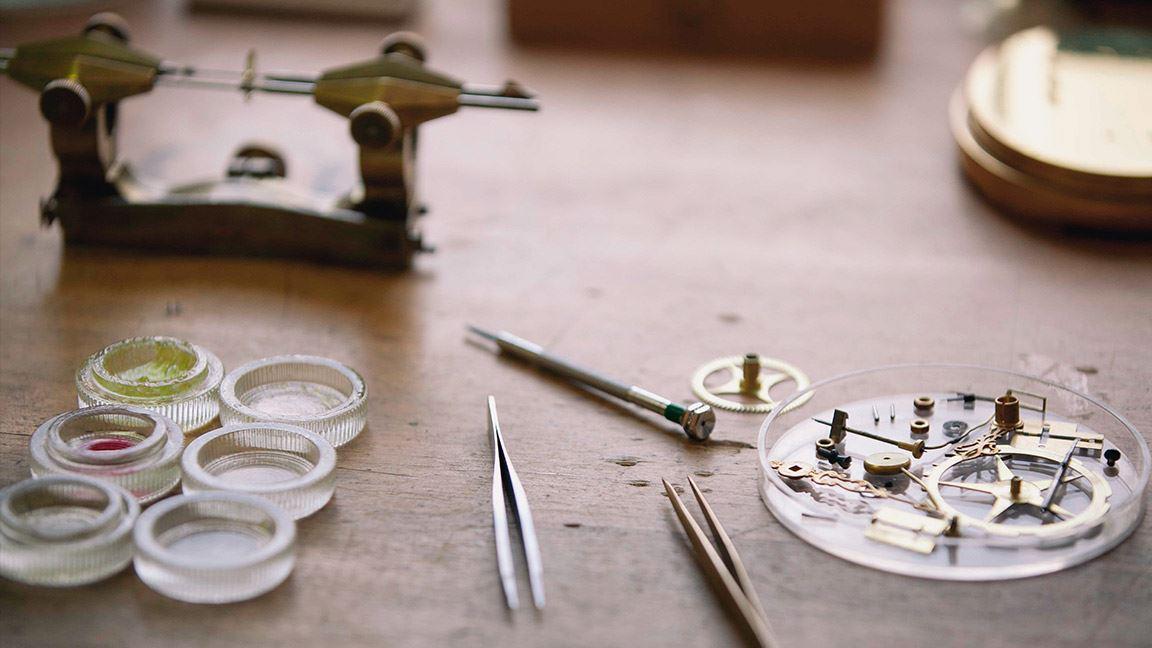
Cell and Reseal
This process is done by our watch technician by removing the caseback and old cell. Then the watch case and bracelet are ultrasonically cleaned, then the case back and crown seals are replaced the new cell fitted and the watch reassemble. Water resistance checks and tests are throughly carried out to the manufactures guidelines in relation to the specify brand and model. The watch is then kept on test in a controlled environment on test for 48 hours .
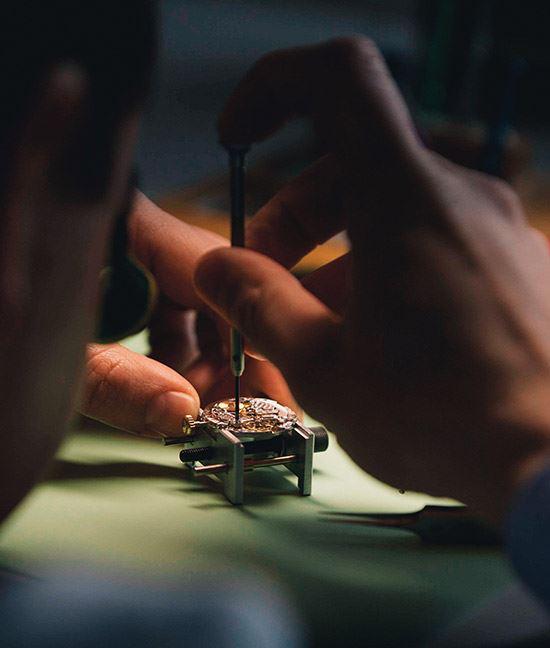
Oiling and Lubrication
Oil is at the heart of every machine, and oil’s ability to lubricate is limited to a specific period of time as well the amount of metallic particles it can absorb. In a watch, the old oil may be removed using several possible methods depending on the part and its placement, after which parts are reassembled and oiled as new. The amount of oil used in each watch is minuscule, and only a thimble-full of oil suffices to treat several hundreds of watches, and anywhere between 8 and 15 types of oils and lubricants are used for a single timepiece. Each oil has distinct qualities corresponding to the types and amounts of friction that must be endured, as well as the speeds of rotation or activity of motion.
This is of paramount importance for the functioning and accuracy of any timepiece. Some oils are quite thin and others quite thick. All are developed to avoid oxidation, lower friction between parts and to stay in the desired position where they are expected to perform.
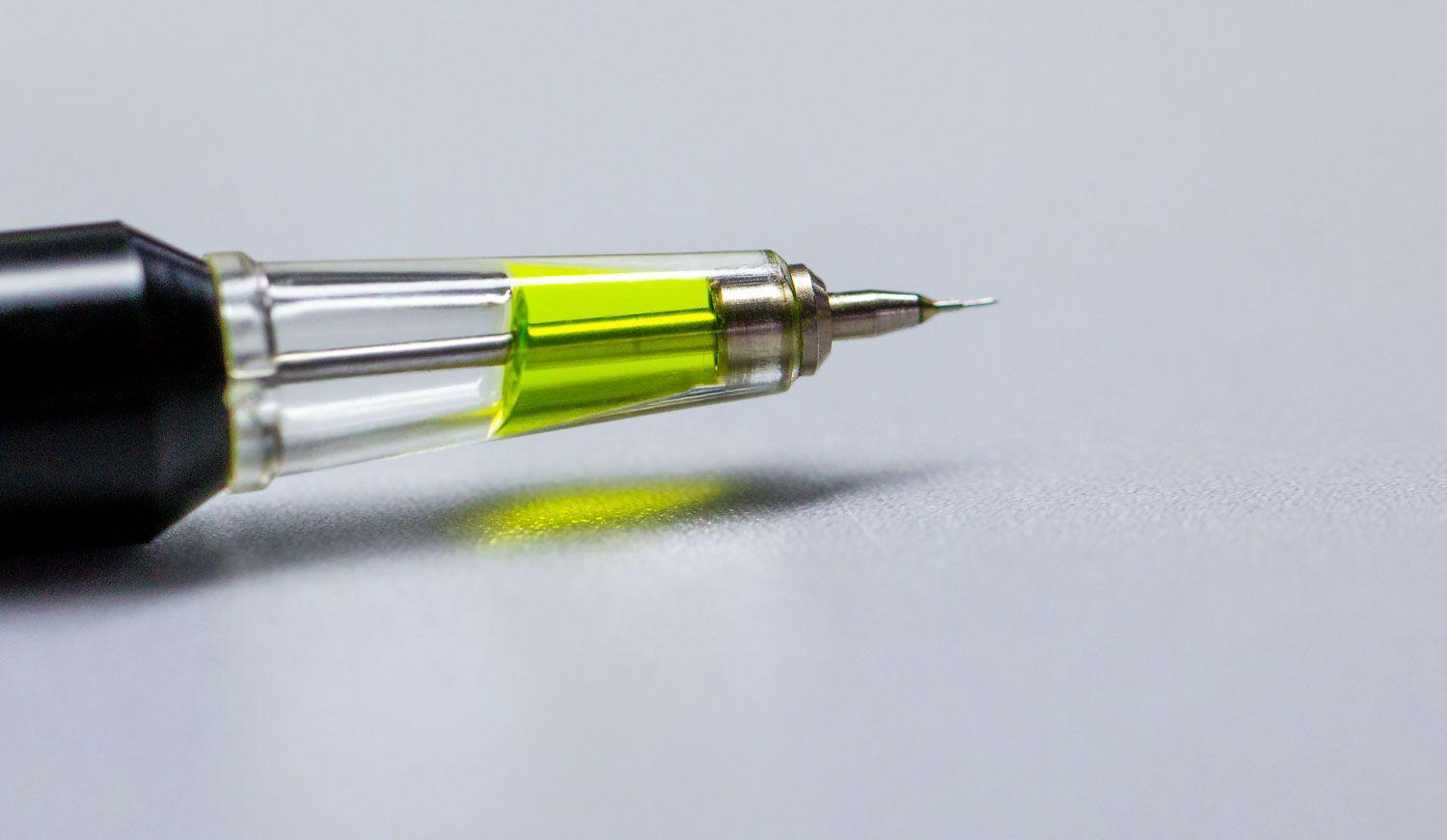
Timing Calibrations
Once the watch has been correctly serviced and oiled, the watch still needs to be tested for its regularity at different temperatures and in positions that attempt to mimic use in daily life. The watch’s chronometric results will be checked under various temperatures and positions using advanced, computer-controlled methods. If the watch passes all these tests, the movement is placed back in its cleaned and refinished case, supplied with new water-resistant seals for the case body, crown and bezels. Water resistance is checked under high and low pressure, and the cased watch’s functions are subjected to another visual and physical quality control.
This is followed by a timing test for accuracy which can take up to 2 weeks to complete. The watch’s chronometric results are checked under various temperatures and positions using advanced, computer-controlled methods. If the watch passes all these tests, the movement is placed back in its cleaned and refinished case, supplied with new water-resistant seals for the case body, crown and bezels. Water resistance is checked under high and low pressure, and the cased watch’s functions are subjected to another visual and physical quality control.
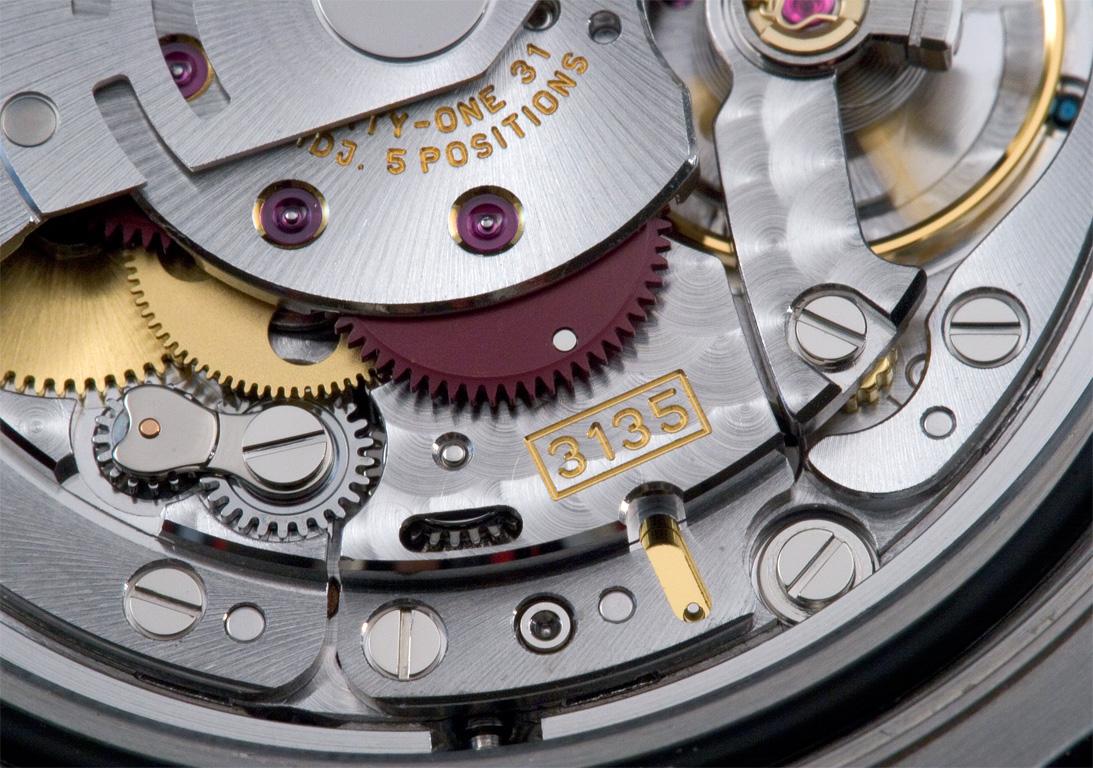
Cosmetic Valet and Refinishing
When a watch is brought in for servicing, the case and bracelet can also be restored and detailed into as new condition. The process of refinishing at CARR is a very complicated process that is therefore time consuming. Although a single light scratch can sometimes be easily removed without total dismantling, complete case refinishing entails removal of the movement and total disassembly of the watch into its component parts. However, if the scratches or dents are too deep, then these we can laser fill with the relevant metal the areas in question.
Polishing requires even more attention on gem-set cases, due to the complicated surface area created by the settings of their precious stones. If the case is in very poor condition, our setter will have to remove the existing stones and reset them in a new gold bezel. If stones are missing, these will need to be replaced so that we can return your watch in perfect, as new condition.
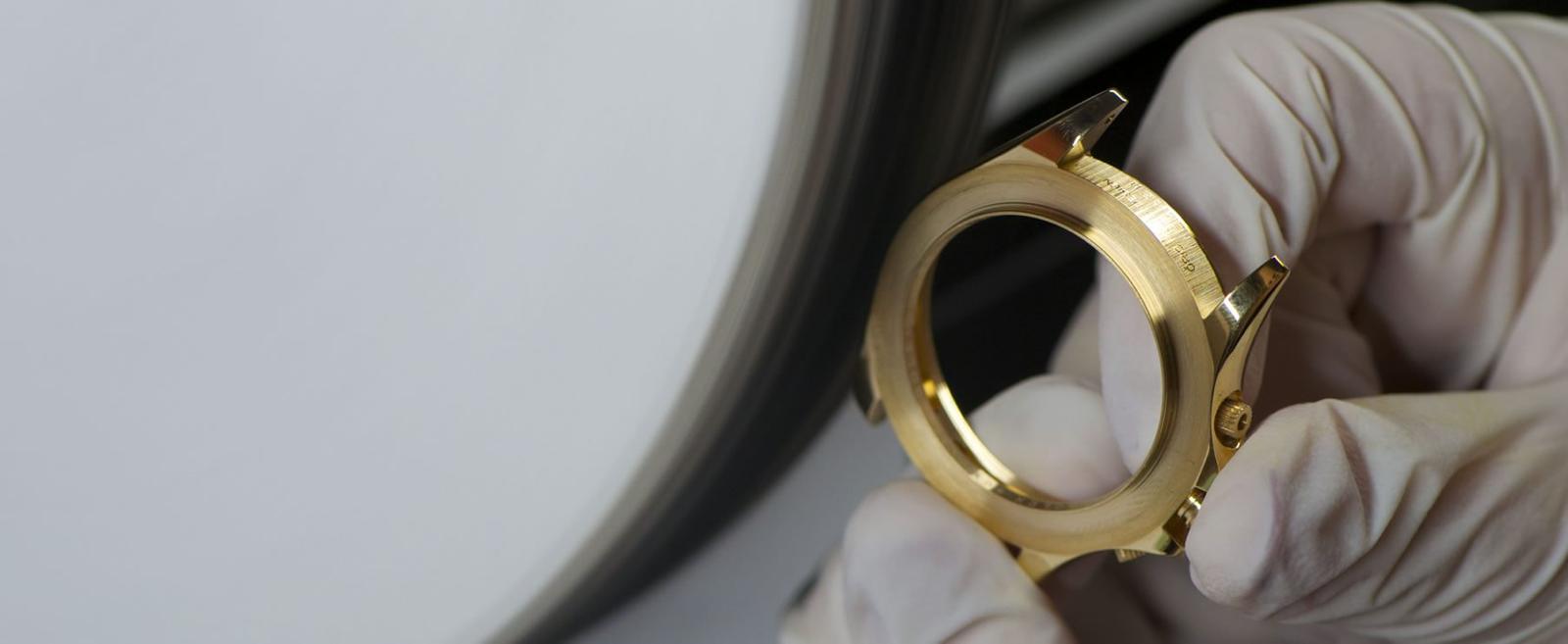
Water Resistance
Timepieces are designed and tested with a water resistance to 30, 50, 100 or 300 metres. Water resistance naturally decreases each year through the effects of daily temperature changes on the case, glass, crown and their corresponding sealants. For this reason, we strongly advise having your watch’s water resistance checked yearly for optimal security.
Guarantee
After a complete service, your watch is covered by a twelve month service guarantee. This guarantee excludes any damage or deterioration that results from an accident or from mishandling of the watch. Any intervention by a third party will void the service guarantee.
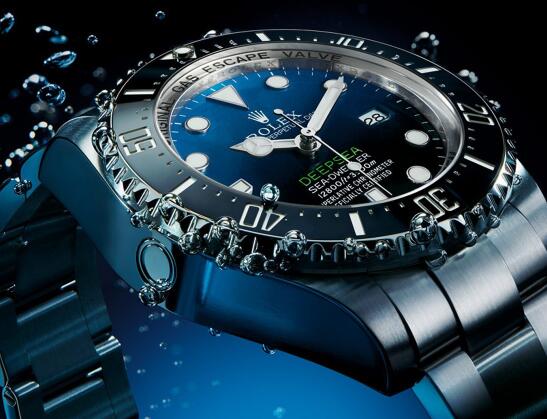
Valuations
Here at CARR we are qualified to carry out and issue valuation certificates for insurance and probate purposes. These valuation are issued in house and carried out by our own qualified experienced staff on the premises. Generally on the same day.
We are members of the National Association of Jewellers.